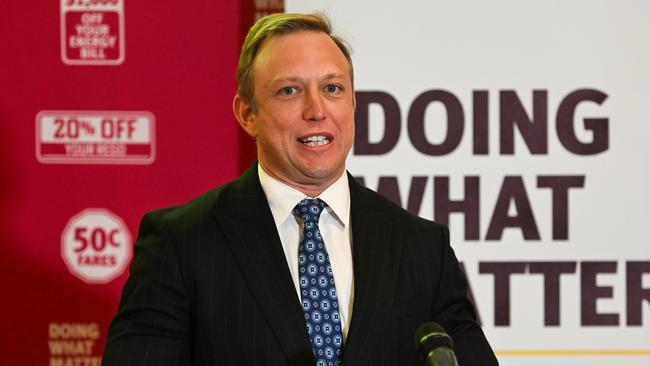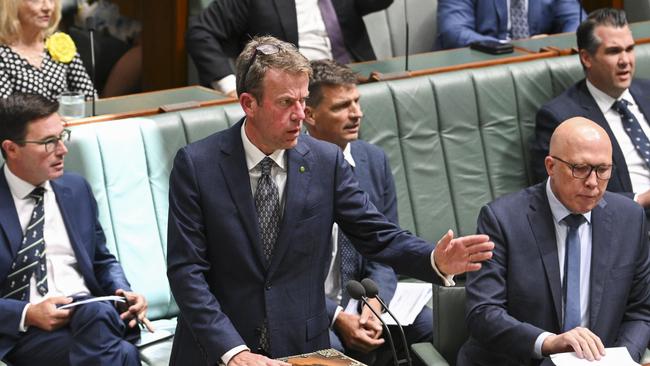New ABS population data shows migration driving growth
A massive net overseas migration number has pushed Australia’s population to 27 million in the latest population figures from the ABS.
Breaking News
Don't miss out on the headlines from Breaking News. Followed categories will be added to My News.
Booming migration numbers accounted for 84 per cent of Australia’s population growth in 2023, according to the the latest figures from the ABS, pushing the total population to nearly 27 million.
Net overseas migration was 547,300 in 2023, with 751,000 arrivals and 204,200 departures.
The 27 million figure marks a 2.5 per cent increase in population from the prior year.
Natural increase – or the difference between births and deaths – was 103,900 people, made up of 287,100 births and 183,100 deaths.
Western Australia had the fastest growing population, up 3.3 per cent from 2022, to hit 2,927,900.
This was followed by Victoria, which grew by 2.8 per cent, then Queensland, which grew by 2.6 per cent.
There are now 6,906,000 people living in Victoria, a 186,500 increase, and 5,528,300 people living in Queensland, a 141,400 increase.
NSW remains the country’s largest state, with 8,434,800 people, a 2.2 per cent increase, or 185,500.
South Australia grew 1.6 per cent to 1,866,300 people.
Tasmania saw the lowest growth, at just 0.4 per cent to 575,700 people.
The growth matches population forecasts released by the ABS last year, which outlined potential growth rates for the country out to the 2070s.

In the high-end forecast, 46 million people could call Australia home by 2071.
The stark figure represents a 77 per cent gain in population in the space of 48 years and represents the top end of the ABS forecast.
The “medium” prediction shows the population hitting nearly 40 million by 2071, while the low-end forecast shows a 30 per cent increase in population from about 26 million in 2023 to 34.3 million in the early 2070s.
The bulge in numbers is driven primarily by an expected endless migration boom.
In a high-end estimate, the ABS expects immigrants to add 14.3 million to the population, with a yearly intake of about 275,000 people.
The middle forecast puts the migration contribution at 11.8 million, with an annual increase of 225,000 people, while the low-end estimate is 175,000 new arrivals each year adding 9.4 million to the population.

The ABS suggested without immigration, Australia’s population would shrink in size due to low birth rates, with all scenarios envisioning a birthrate below the replacement rate of 2.1 per cent.
The country’s population growth rate has soared since the Covid years, moving from 0.1 per cent in March 2021 to 2.5 per cent in December 2023.
The growth in numbers has become a political hot-button issue, as house prices continue to rise and infrastructure buckles under the growing weight of residents.
Queensland Premier Steven Miles has called on the federal government to reduce migration to allow for states to catch up on home building.
“While our Homes for Queenslanders plan will deliver more homes, if migration continues at current levels we’ll need tens of thousands more homes every year than industry can build,” he said on May 14.
“The federal government needs to assist us to ensure infrastructure keeps pace with population growth.”

Opposition Minister for Immigration Dan Tehan said 2023’s pace of migration was “not sustainable”.
“Labor must take responsibility for their Big Australia policy,” he said on Thursday.
“Australia experienced record migration in 2023 because this Labor government issued a record number of visas.
“The Coalition will rebalance Australia’s migration program to maximise the economic benefits of immigration while managing the impacts on housing, congestion, the environment, and government services.”
In addition to migration, Queensland also recorded the country’s largest net interstate migration at 31,595 people.
NSW, by contrast, lost 31,678 people to interstate migration.
Originally published as New ABS population data shows migration driving growth





